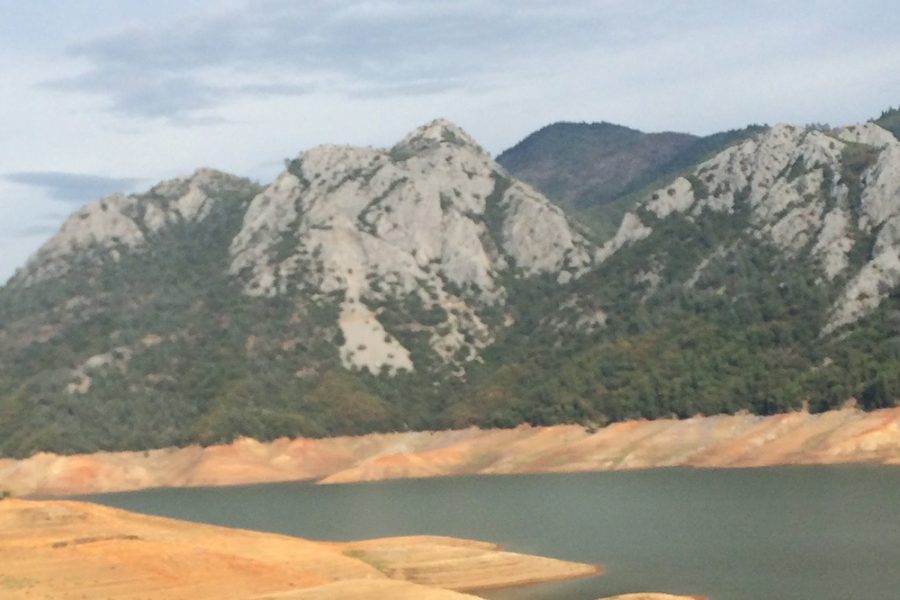The Colorado River supplies 4.4-million-acre feet of water to California every year with about 80 percent of that allocation being delivered to farms in the Imperial Valley.
(An acre-foot is enough water to cover one acre of land with one foot of water or 326,000 gallons.)
Earlier this week, California, Arizona, and Nevada reached an agreement to take less water from the Colorado River to address the decline of the river’s water level. Current estimates are that the river’s annual water level has declined by as much as one-third in recent years. What does the agreement mean for California’s farm community?
There is potential for a significant reduction in water deliveries through the life of the agreement which has a sunset of 2026. But the devil is in the details and the details have not yet been announced.
No matter what the details are, it is fair to say California’s farm community will be bracing for another round of water allocation cuts and the need to consider diversifying its crop selection to more drought-tolerant crops.
California currently leads in the U.S. in the production of several crops including figs, dates, avocados, melons, plums, peaches, strawberries, and olives. The state’s farmers may have to consider a lessening of year-round production for crops like lettuce and tomatoes in favor of fallowing their fields for a portion of the year to save water.
Last winter’s extraordinary precipitation throughout the state has been a significant benefit for irrigators but as the years wear on, more adaptations will have to be made to better adjust to the overall water-saving agreement by the Colorado River basin users.
California has spent the last few years voluntarily lessening its use of the Colorado River allocation of 3.1 million acre feet to 2.6 million acre feet. California is the senior-most right holder of the seven states that rely on the river and, until recently, as being pressured to bear the burden of use reduction responsibility.
What the agreement does note is that over the next three years, approximately 4 million acre feet of water will be returned to the river through a commitment to reduced water use of about 13 percent annually. In California, that is a reduction of about 338,000 acre feet annually.
The agreement between California, Arizona, and Nevada also averts interference from the federal government – for now.
At the beginning of 2023, the federal government warned the seven states that receive allocations from the Colorado River that if an agreement could not be reached, the current administration would step in with its own solution. Three scenarios were provided: a cut to allocations based on water right seniority, a cut in overall water allocations that would then be divvied up equally amongst the three lower basin states, or a plan of “no action.”
In the scenario based on water right seniority, California would become the villain – effectively taking most of the water while leaving other states literally high and dry. In the cut to overall allocations that would then be divided among the states, California would be the biggest loser given the vast difference in its allocations versus the other states involved. The “no action” plan did not appear to be of any real consideration given the dire nature of the river’s decline.
Pam Lewison is the Director of Agriculture Research at the Washington Policy Center and a Pacific Research Institute fellow. She co-owns and operates a family farm in Eastern Washington state.


